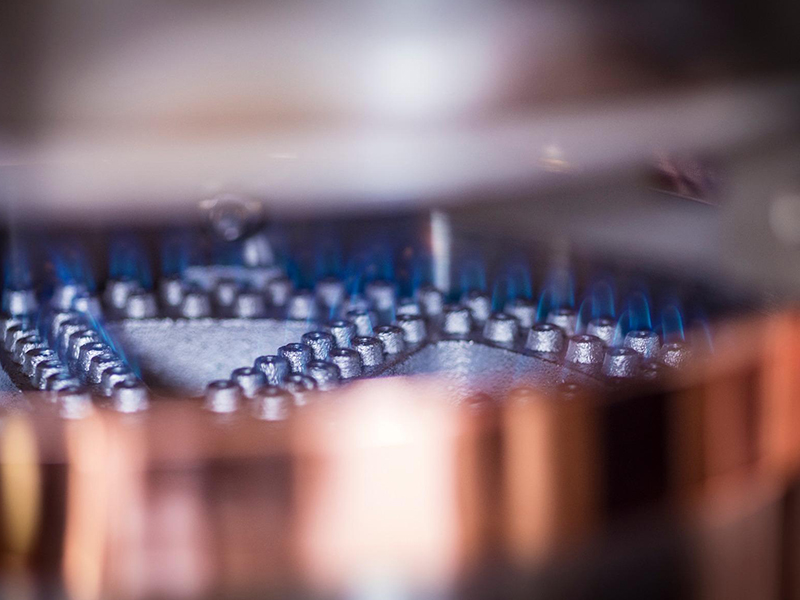
The water you'll be heating now is for the mash, the porridge-like mixture of water and malts from which you'll get your wort.
The water can be heated in an electric kettle or with a propane burner (our preferred method). The latter is quicker but needs to be used outside.
1/ Calculate the amount of water. A general rule of thumb is 2.5 litres for every kilogram of malt. Add another litre to this to ensure you have enough if the consistency of your mash is too thick.
2/ Heat water to strike temperature. You need to heat your water to the strike temperature. The strike temperature is higher than the mash temperature because it will lose around 10-12C as it hits the malt. Presuming the mash temperature is 67C, heat the water to 79C. The temperature of the mash must not go above 75C.
3/ Transfer water to HLT. Once the water has hit the strike temperature, transfer the full amount to the hot liquor tank (or directly into the mash tun). Heat more water for the sparge.
See Homebrew essentials #1: Preparation here
-----
Do you need a hot liquor tank?
There are several methods for heating water depending on your set up. Our chosen method is to use a hot liquor tank (HLT). This separate insulated vessel holds water at a steady temperature to use. It’s not essential, but it allows you to heat water for the sparge while you are mashing plus it is often easier to move around.





